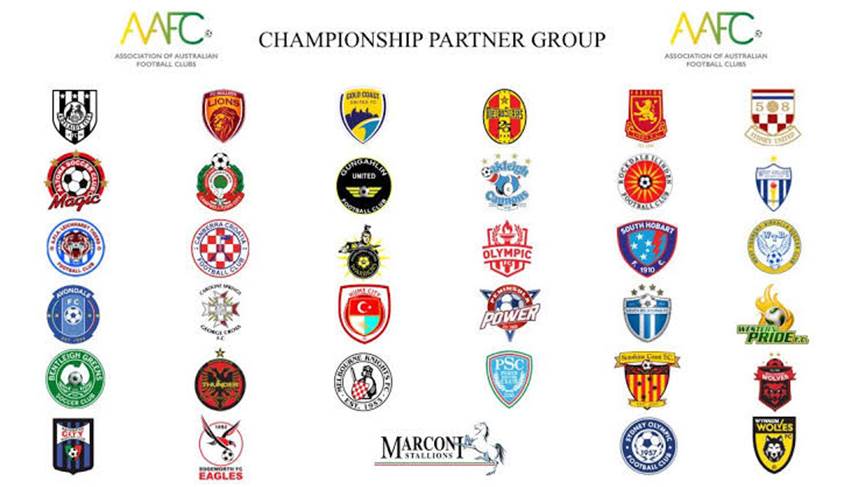The Australian Association of Football Clubs (AAFC) have confirmed there is a key meeting set for June with Football Australia (FA) as the proposed National Second Division (NSD), initially set to commence in 2022, looks like commencing in 2023.
The 32 partner clubs of the AAFC funded a report that was released in January this year which outlined the key criterion for the 12 clubs who want to take part in the inaugural NSD. It is expected the NSD will grow to 16 within four years.
“We are meeting with FA in mid June,” said AAFC chairman Nick Galatas. “As we have heard, FA has said on a number of further occasions recently that it is looking to begin a NSD in 2023. What it looks like is being addressed by it now.
“The clubs have a firm view and since we believe they will be the main participants, we think that view should have a central in informing the model to ensure its success. These matters are all now under consideration and as FA had said, its board expects to consider the final model put to it in the second half of this year.”
A number of football fans are eagerly anticipating the arrival of a second tier competition, which will open up the football landscape and bridge the gap between the A-League and the existing NPL system.
Many are skeptical about the feasibility of a NSD, but the report released by AAFC indicates there is confidence in the market that such a competition is sustainable.
The NSD itself is expected to cost $2.5 to $3M per year with the bulk of costs coming from travelling ($1.3 to $1.6M) with the League itself expected to cover the costs using money generated by the NSD clubs.
The bulk of the NSD's income is set to come from a $200,000 participation fee paid by clubs, which will rake in $2.4M of the budgeted $2.5-3.3M the League expects to initially generate. Sponsorship revenue initially is targeted at $200-400,000 while streaming revenue is expected to initially bring in somewhere between $300 and $500,000.
Each club is expected to have annual costs of at least $1M up to $1.8M.
A number of NPL clubs have experienced large crowds this season, with the likes of South Melbourne, Preston Lions and Melbourne Knights having solid numbers turning up to games.
An FA spokesperson confirmed the following:
“From Football Australia’s perspective, we have been clear that it’s not a question of if there will be a second-tier competition, but a question of when and how. It is important that we move the discussion from the conceptual level to a practical level, but we do so collaboratively and in unison.
'We are currently considering proposals for a national second tier competition in the context of our current circumstances, the strategic objectives of the XI Principles, practical financial modelling at both competition administrator, and club level and the various competition models / formats that can be considered.
'It is vital we firstly build a strategy which will help us achieve our objectives of creating competitions which connects our game and importantly benefit all clubs within Australia’s second tier of football.
'"In recent months, Football Australia has taken significant steps towards connecting all tiers of competition, with the release of the Domestic Transfer System white paper, competition calendar alignment through a Domestic Match Calendar and the commitment towards the establishment of a national club licensing framework, which will be instrumental to the development of a national second tier framework and the operating and regulatory standards required for such a competition.
"Football Australia is currently undertaking its own work around financial modelling and examining the various competition models and formats. Football Australia is now in the process of consulting with relevant stakeholders, in particular, the Member Federations, as we further evolve the national second tier framework from a conceptual discussion to a practical discussion, including implementation timelines.
We are working towards the following timeframes:
· Optimal Domestic Match Calendar alignment – 2022
· Implementation of Domestic Transfer System – 2022
· National Club Licensing Framework - 2022
· National Second Tier (subject to agreed model) – 2023."
Related Articles

Leckie seals new marquee deal as Good, Maclaren head to Asia

A-League, NPL to align fixtures for second division by 2022













